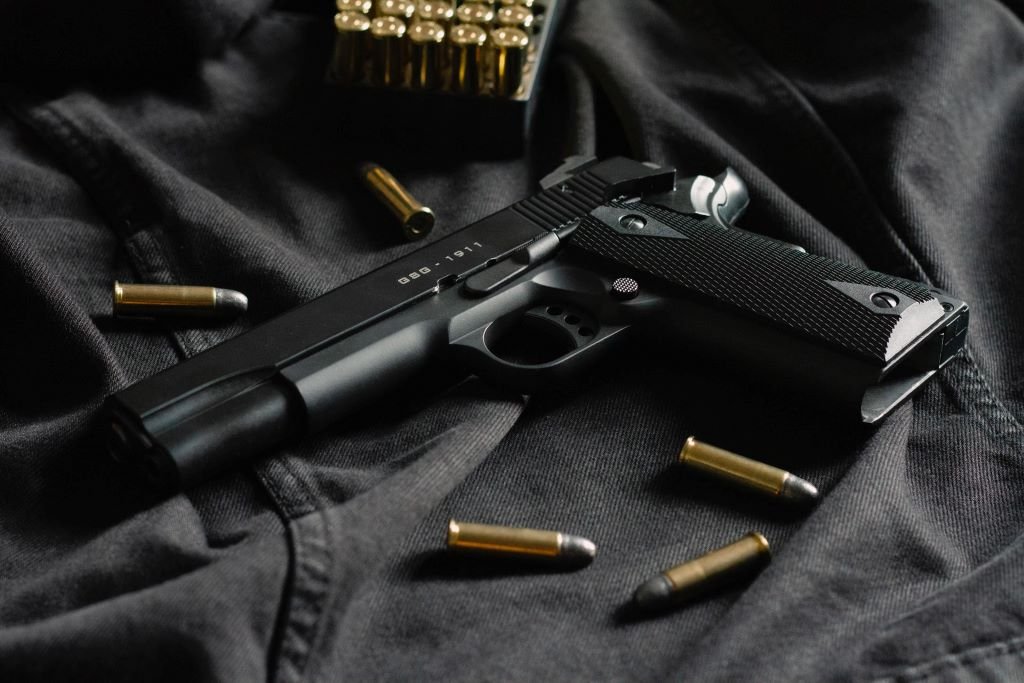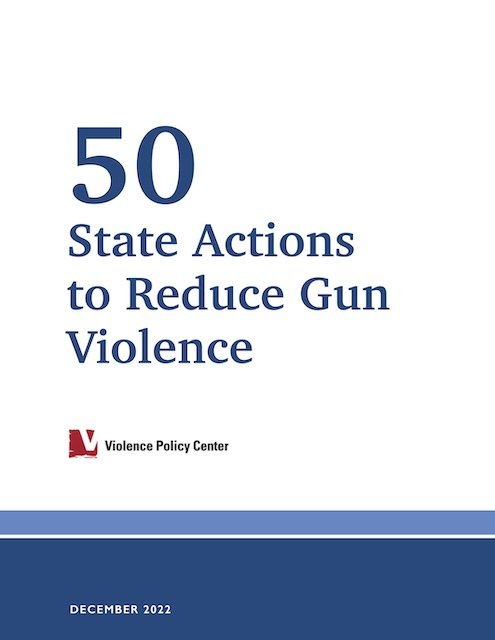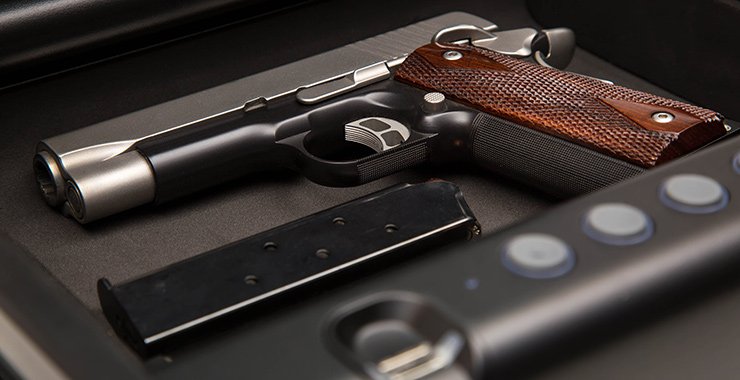By HM Inspectorate of Probation
This was the first regional inspection of probation services in Kent, Surrey and Sussex (KSS) since the commencement of the Inspectorate’s new probation inspection programme in October 2023. There were clear strengths in the region’s overall strategic arrangements, but the quality of work delivered to manage people on probation was insufficient in five out of six of our standards of casework, with particularly poor and concerning results in the quality of court reports and public protection. Statutory victim work was, by contrast, delivered to a high standard and the results were impressive. Overall, we have rated this region as ‘Requires improvement’. Staffing in the region was in a fragile position. Despite improvements made to staffing numbers as a result of proactive recruitment, significant gaps were still present with a 30 per cent vacancy rate for Probation Officers (POs). The national recruitment model has consistently failed to provide the region with its required number of allocated learners. National recruitment limitations and insufficient salaries to cope with the cost of living in the region were hampering the region’s ability to resource the service appropriately. Levels of experience in the region were limited, with 22 per cent of staff having joined the service within the past 12 months. Deficits were found with Professional Qualification in Probation (PQiP) training, and with the region not preparing learners adequately for their role post qualification. Like other areas of the region, court had resourcing issues, with a third of the target staffing not in place, and with a number of staff working remotely. Significant improvements in the quality of court work were required, with only 14 per cent of cases inspected being judged to be of sufficient standard, which has the potential to impact on the confidence of sentencers. Improvements were needed in the quality of work to assess and manage the risks that people on probation pose to the community. This was particularly poor in implementation and delivery, where only 22 per cent of cases we inspected were judged sufficient to effectively support the safety of other people. On the contrary, statutory victim work was very strong, rated ‘Outstanding’. It was particularly impressive that 100 per cent of victims whose cases were inspected were able to make relevant contributions prior to the release of perpetrators. Whilst the results on the ground were disappointing, we found that the leadership team were resilient, innovative and responsive to the challenges the region faced. This included implementation of additional roles to improve quality, and the targeted approach by unpaid work leaders to address enforcement issues. A consistent message around improving culture had been delivered well. Leaders had been persistent in addressing unacceptable behaviour appropriately and decisively. This challenging piece of work should be marked as a positive achievement for the region. KSS will be disappointed with the overall findings of this inspection, given the strengths in leadership and strong delivery in victim work. The current recruitment model is unlikely to address the issues it faces regarding resourcing, and a more localised and incentive-based approach is required. A number of achievements have been made by the region, but it does continue to face challenges going forward. If the staffing difficulties can be addressed and there is a focus on the quality of casework and embedding learning, the region can progress on a continued positive trajectory.
Manchester, UK: HM Inspectorate of Probation, May 2024. 31p.





















